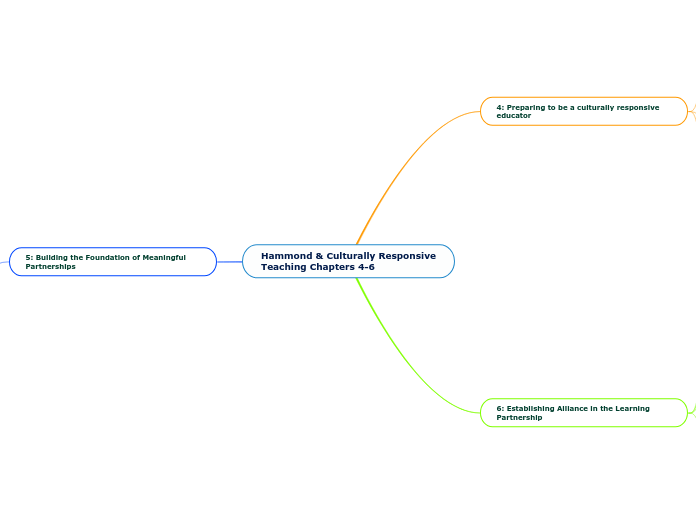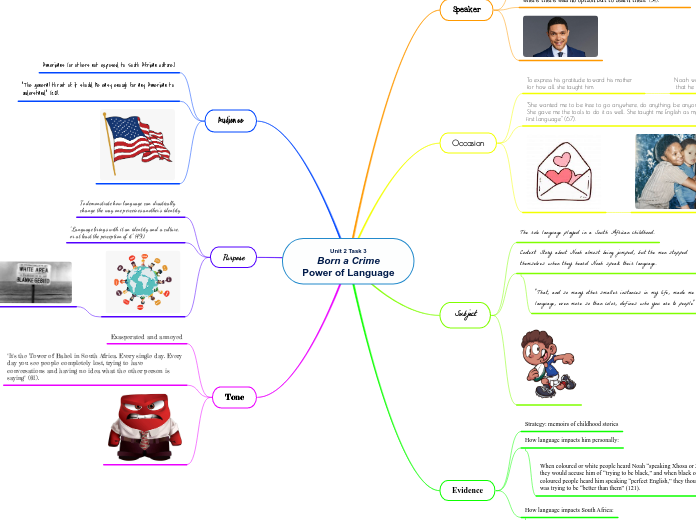av Jena Olalia för 4 årar sedan
355
Hammond & Culturally Responsive Teaching Chapters 4-6
The text delves into the significance of establishing strong, culturally responsive teaching practices. It emphasizes the importance of forming alliances between teachers and students, which fosters a safe and secure learning environment.









